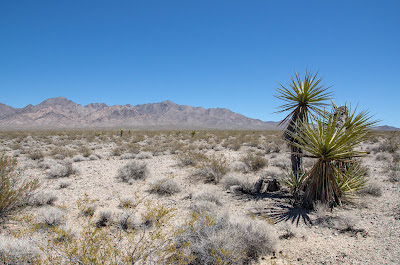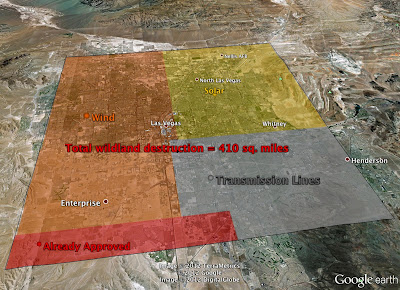First Solar's Silver State South: Wrong from the Start

The Bureau of Land Management (BLM) this month issued a supplemental draft environmental impact statement supporting First Solar's proposed Silver State South solar facility, which would be built on a narrow strip of desert that has also been recognized as a critical desert tortoise connectivity corridor . BLM intends to approve a modified layout of the solar project that would destroy up to 4.8 square miles of mostly intact desert wildlands between the small gambling outpost of Primm, Nevada and the Lucy Gray Mountains. The project layout preferred by the BLM appears to ignore a recommendations by the US Fish and Wildlife (USFWS), and Washington is rushing to approve the project before further wildlife connectivity studies are completed. Project Benefits from Washington's Duplicitous Ivanpah Policy The Ivanpah Valley has been subject to contradictory Federal actions and decisions that suggest Washington's land stewardship goals in this corner of the northeastern Moja



